This is a five-part-story series on traveling to Morocco—Senegal—Ghana, part of North and West Africa
First stop in Morocco is the city of Casa Blanca, this country’s economic and business capital. Upon entering the city of Casa Blanca, all those romantic notions and imagery of an ancient city from watching the movie (Casa Blanca) immediately disappears. This city is a powerhouse, a huge metropolitan center similar to any urban American or European city with its fair share of traffic jams and pedestrians. Much less exotic than some of its sister cities, yet worthy of a visit even if you don’t get to ride a camel. Here’s why….
A Bit of History
First, let’s begin with some facts about Morocco. Morocco is the 5th largest African economy. It is primarily an Arab country, less multicultural than I had expected. Since 2011, it has transitioned into a constitutional monarchy. Even though it has two legislative houses, the king yields a whole lot of sway. In fact, his image is everywhere … he is watching.
Morocco has over 65 cities of which we visited only three (Casa Blanca, Rabat and Fes). Morocco is known for its deserts, mountains, ancient villages and historic retail centers known as “medinas”. Its economy is based on agriculture, phosphate, minerals and tourism. Although it is a fairly prosperous country, its rural communities continue to experience significant poverty.
Casa Blanca
As a commercial center, Casa Blanca has all the retail and nightlife trappings that cater to both Moroccans and tourists. Everywhere we went there was construction, as it is clearly a city that seeks to have a global economic presence. All the signage is generally in three languages—-Arabic, French and English to a lesser degree. The architecture is a combination of old Moorish and modern commercial buildings. This is not a walkable city like Lisbon or Madrid. You are going to need some wheels, either hiring a driver, using cabs/Ubers or renting a car. During our three-day visit we had a driver that made it easy for us to get around to sites and places to eat.
So…. for the record, the movie Casa Blanca with Humphrey Bogart and Ingrid Bergman (1943) was never shot in Casa Blanca but instead in a Hollywood studio. World War II was ramping up, making it unsafe to film there. France was already occupied by the Nazis and Casa Blanca became a place for many Frenchmen and Jews to seek refuge.
Day One in Casa Blanca
As soon as we got to the hotel, also named Casa Blanca, a shower and a change of clothes were in order to meetup for lunch at a swanky restaurant. From there, we went to Ait Manos, a tile factory, to learn how Moroccan tiles are crafted. Making tiles is an ancient art form in Morocco, requiring both attention to detail and patience. The art is called “zellige” centuries old, handed down from one generation to the next. I included photos of the artisans sitting on the floor with their tools crafting tiles from various types of clays that are then glazed. From there we went to the Sqala.
Teatime at Sqala Cafe Maure
Tea is central to Moroccan culture and cuisines and is served all the time in glasses that look more like those we use for a double shot of whiskey. The Moroccan mint tea is wonderfully addicted, fused with sugar or honey (no tea bags here).
Sqala Café Maure is a glorious old fort turned into a Moroccan oasis of a restaurant where our teatime was almost a meal of small Moroccan dishes. The table was so packed with these dishes we were not sure if there was going to be room for the tea. I highly recommend this place and would have loved a second stop there to try several of their traditional Moroccan dishes.
We ended the day with a late dinner in an old traditional neighborhood off the main center of the city. We were escorted through a narrow worn-down alley that led to a hidden gem of a restaurant whose name I can’t remember. The first day of many high caloric meals to come.
Day Two in Casa Blanca
Our first site visit for the day was to the Traditional Art Academy at the Hassan II Mosque campus, which supports the king’s commitment to preserving the traditional arts and crafts of Morocco. This is a significantly large art institution that offers high-level training in over 10 different crafts, from jewelry to ironwork. The school master was generous with his time, having walked us thru all the classrooms to see the work of students and then arranging for us to go the Mosque.
From the school, we were taken to the Hassan II Mosque, the second largest mosque in Africa. It is enormous and everything in it has been handcrafted by the country’s best craft-workers. It has a retractable roof and up to 105,000 worshipers can pray both inside and on the grounds facing the ocean. Much of the funding came through donations from just about everyone. The completion of the Mosque is quite an extraordinary feat at a cost of 700 million.
After lunch we met up with the president of the chamber of crafts who invited us to the Habous District to visit a crafts center and to walk the Medina. Medinas are open-air markets or souks (stalls) where you can bargain for all kinds of Moroccan crafts and staples. They play an important role in commerce and are so much part of the history and culture of the country. I found them to be fascinating, although a bit dizzying to navigate.
Last stop before dinner was to visit La Galerie 38, both a gallery an art school for youth.
Day Three in Rabat and Fes
We headed out to Rabat, the capital of Morocco where the king resides although we did not have time to go by the palace. The city is much smaller, cleaner, with many cultural institutions and Islamic architecture, quite different from Casa Blanca which is more like a metropolis. We visited the King’s Museum of Modern and Contemporary Art and enjoyed a couple of exhibitions before we headed over to the city of Fes.
Fes
The ride to Fes was 3 hours long driving through miles and miles of amazing landscape. Morocco has carved a significant economic role in agriculture for its people. Except for a couple of residential communities, most of what we witnessed was the beauty of rolling mountains and valleys flushed with thousands of rows of crops, fruit trees and bushes. Golden brown fields with every shade of nature’s colors ranging from gold to dark browns, reds, and greens, creating its own artistry and stunning views.
Once in Fes, we stopped to visit another craft school—The Center of Vocational Training in Handcrafts which offers 24 specializations from textiles to leather, wood, metal and ceramic. The tour allowed us to see the work being done by students. One instructor, who teaches the crafting of traditional music instruments played the gimbri for us (yup, there is video).
The highlight of the trip was the generosity of one of the staff members who took us to a Medina where one of the oldest libraries in the Islamic world is housed—Al- Qarawiyyin. The librarian was nice enough to tour and take us to the top floor where they have a high security locked room to show us some of the oldest books dating back to the 9th century. It was really a thrill to see old historical documents in such great form preserved for the next generation. The medina was also a sight for sore eyes, both mystical and eccentric. We were hoping to return the next day. It was not possible due to it being a religious holiday (regrets -less spending for us).
We stayed overnight at the Sahai hotel, which did not disappoint. However, the next day they accidentally diverted my luggage to another tour van (got it back at 3 AM). Upon returning to Casa Blanca, we made one more stop at Rabat to have lunch at the King’s Golf Club. Not as good as going to the King’s palace, but we loved it. Next day heading to Senegal.
My Photos
I included a collection of photos that reflect this unique adventure but also tell a story about what history and culture look like in countries that are centuries older than the US. The beauty of its many crafts, especially Moroccan tiles, carpets, and fabrics, along with its architecture, is just truly wondrous. Taking photos of tile work is not always as effective, so I included several closeups in case you have been thinking of renovating your bathrooms. As always, remember to click the center of the photo for a full view.

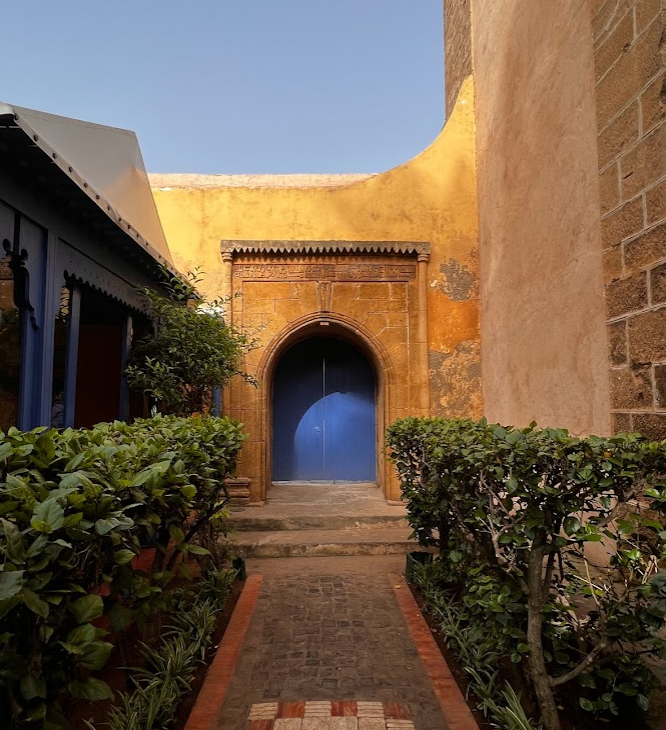
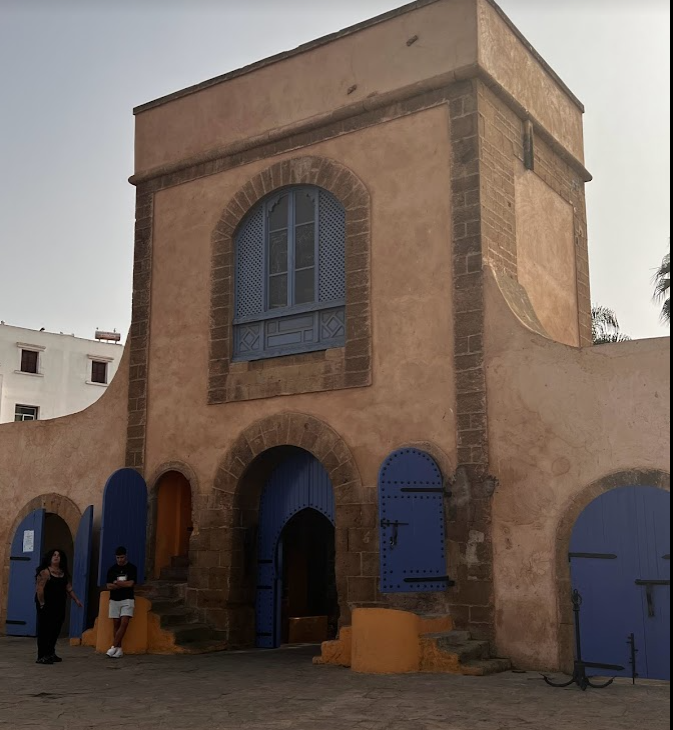




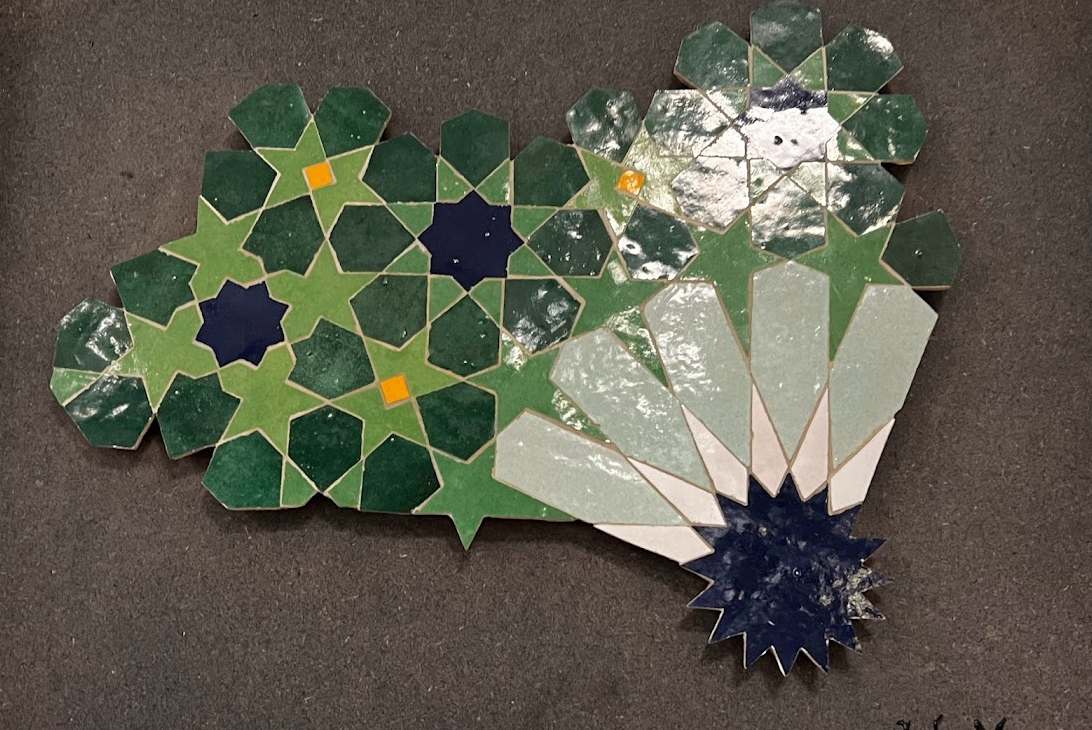
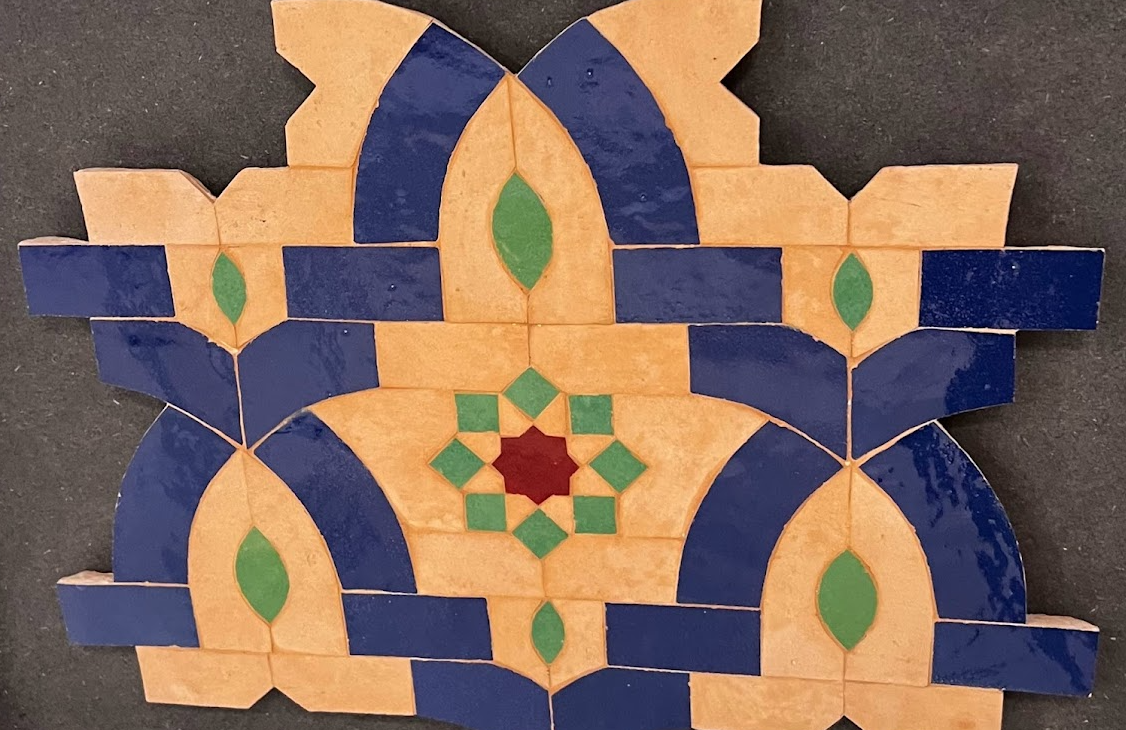





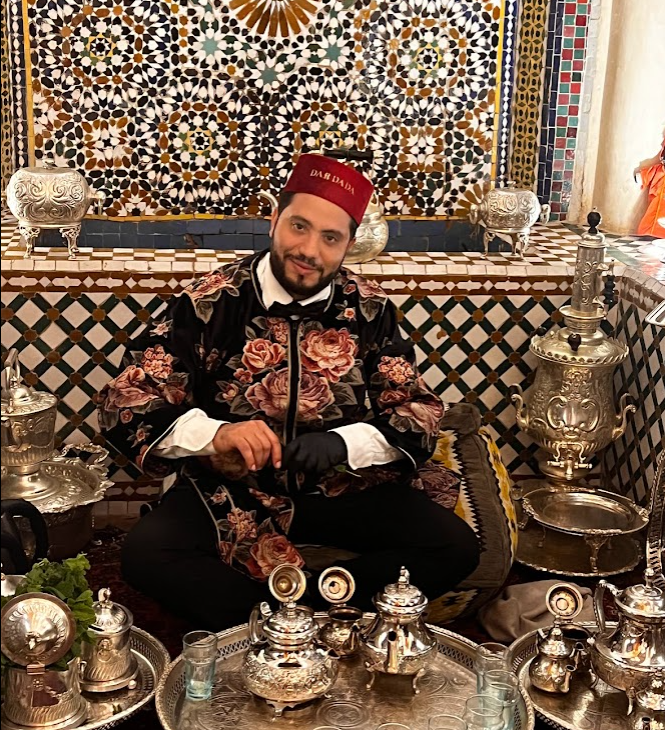
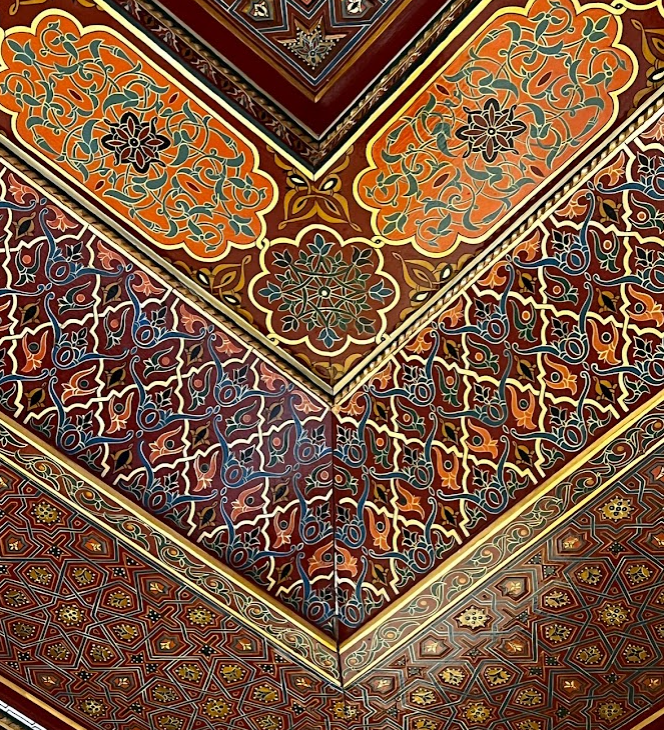

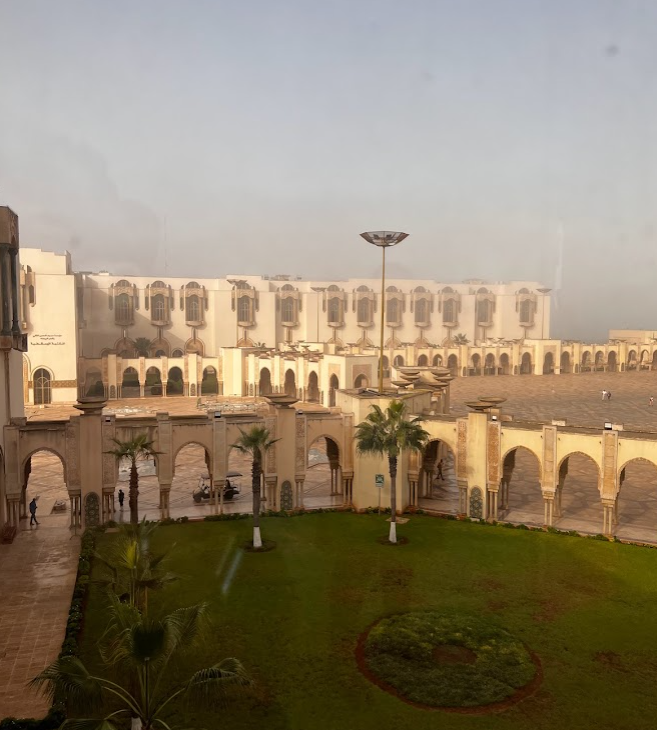

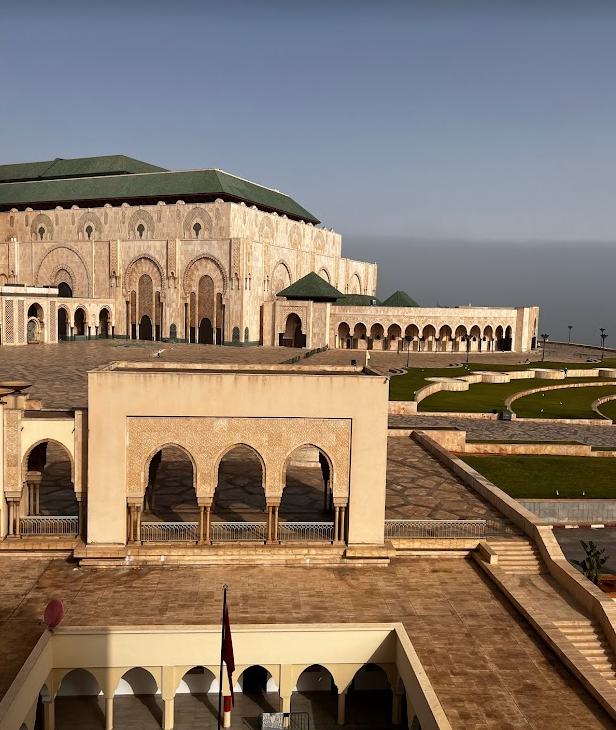
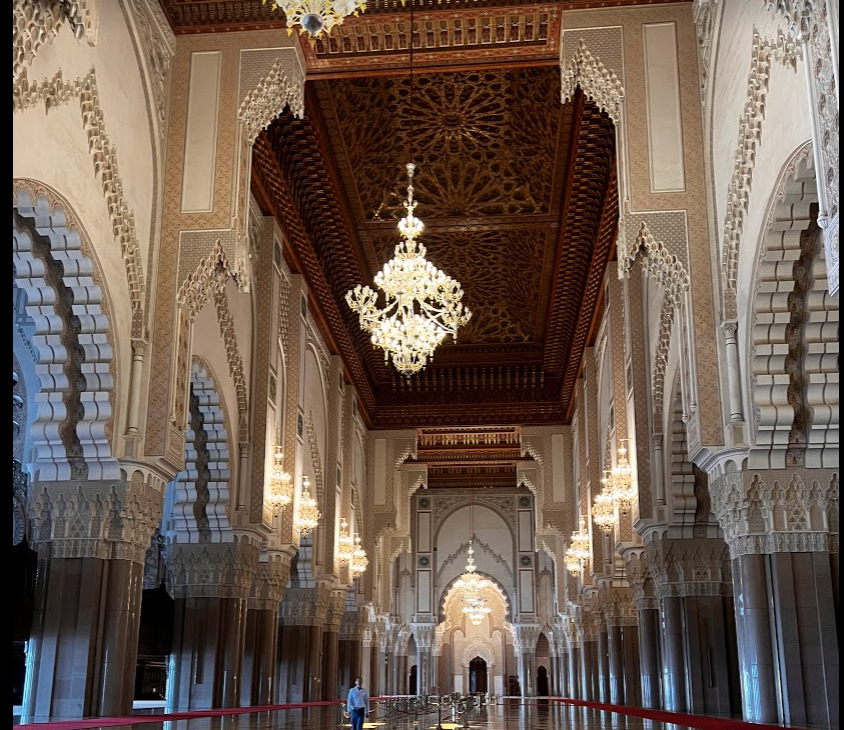
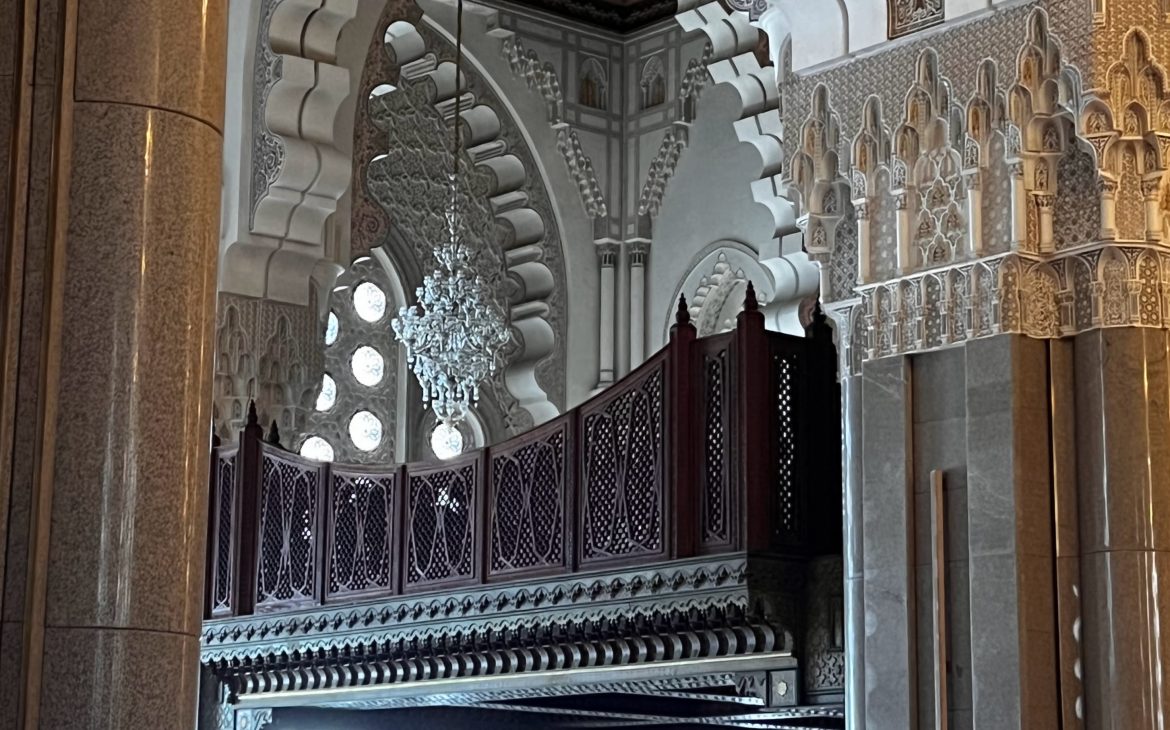

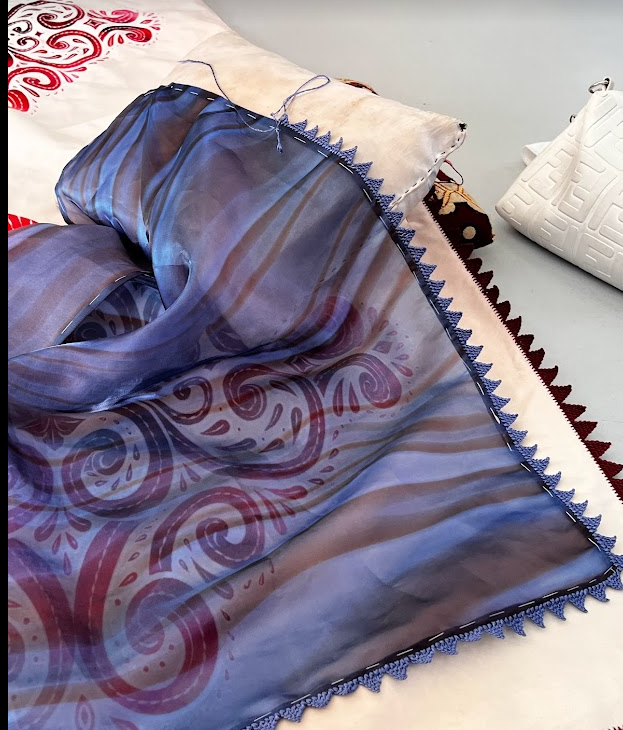






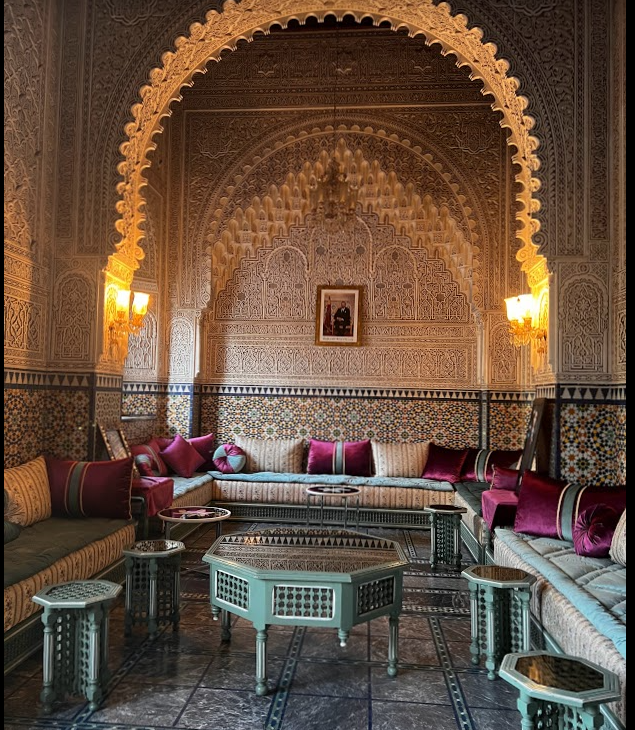
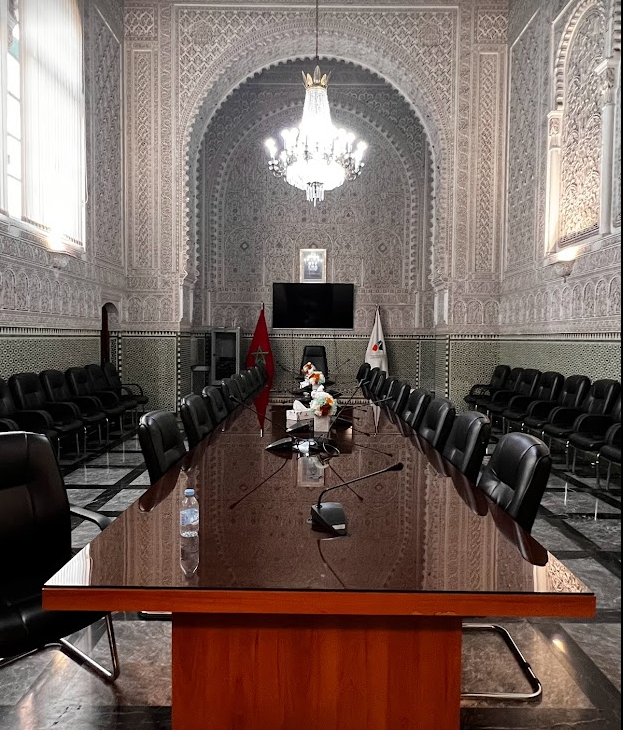


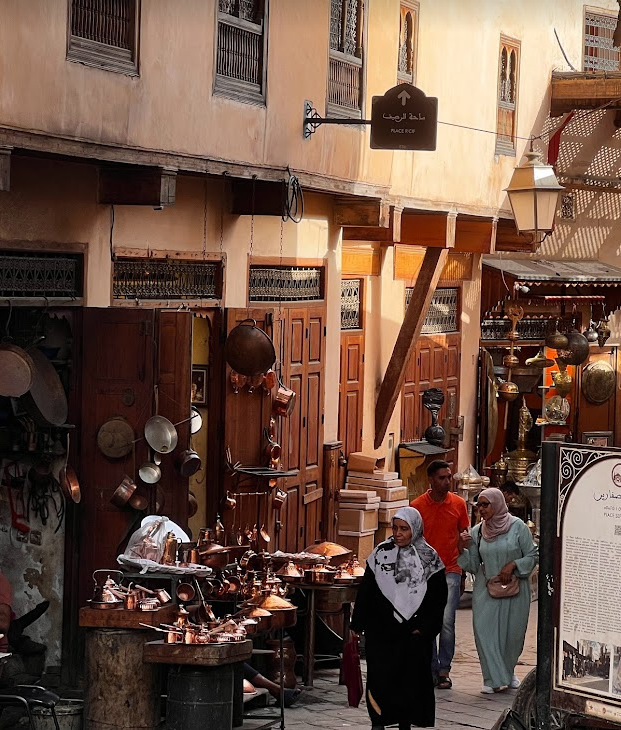


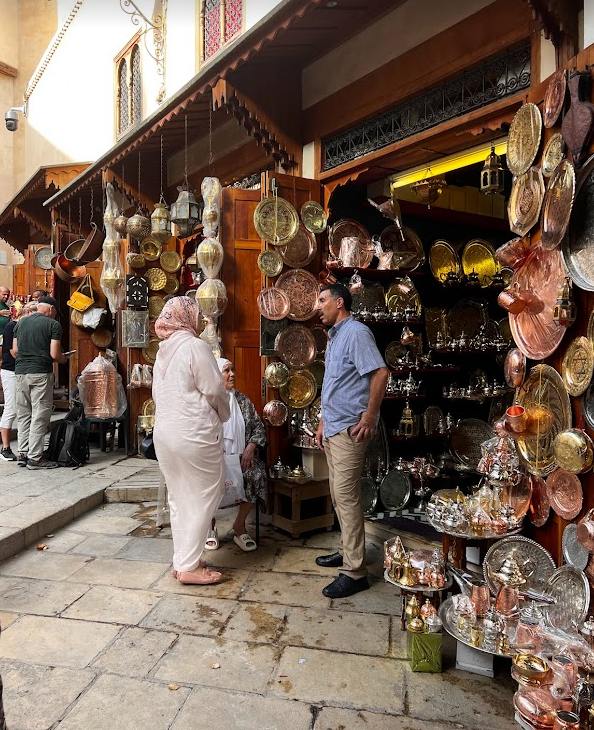
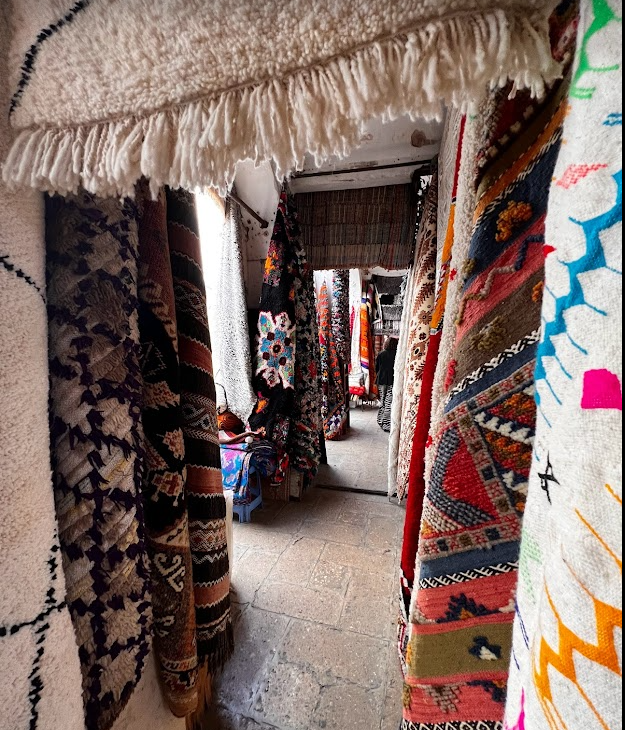

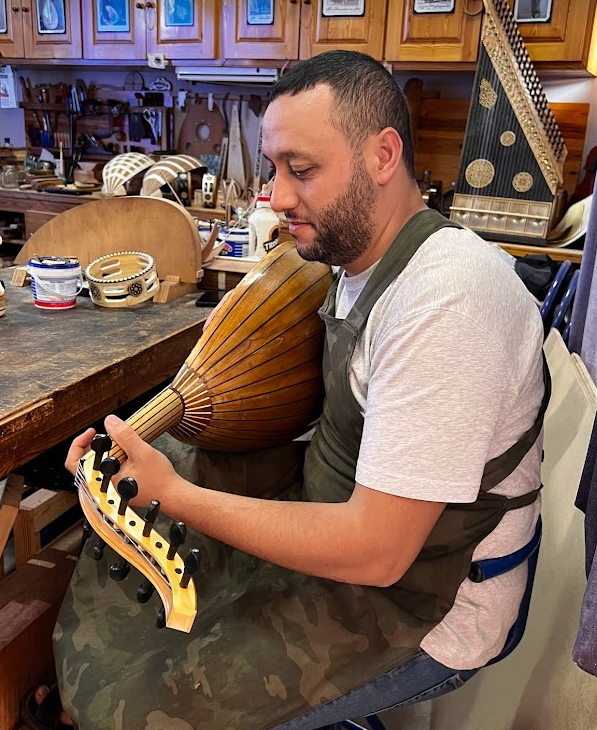
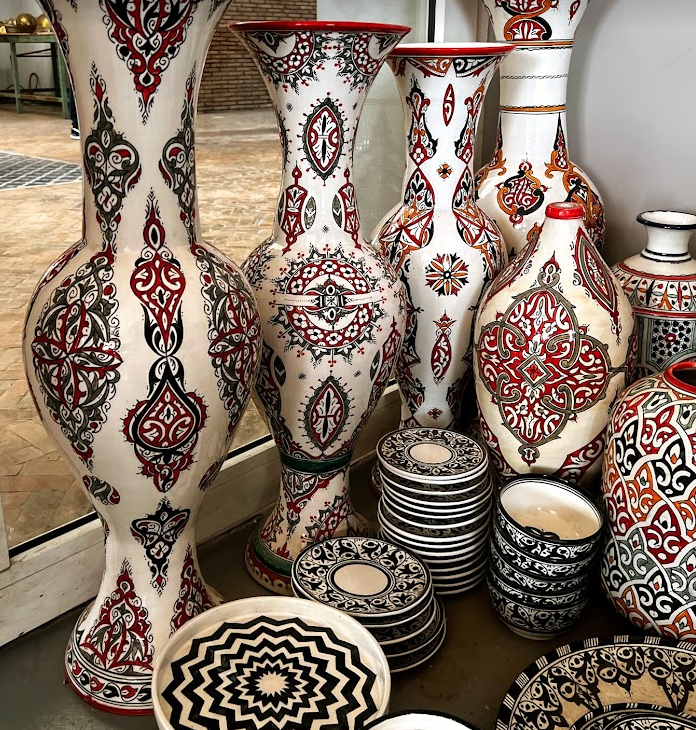
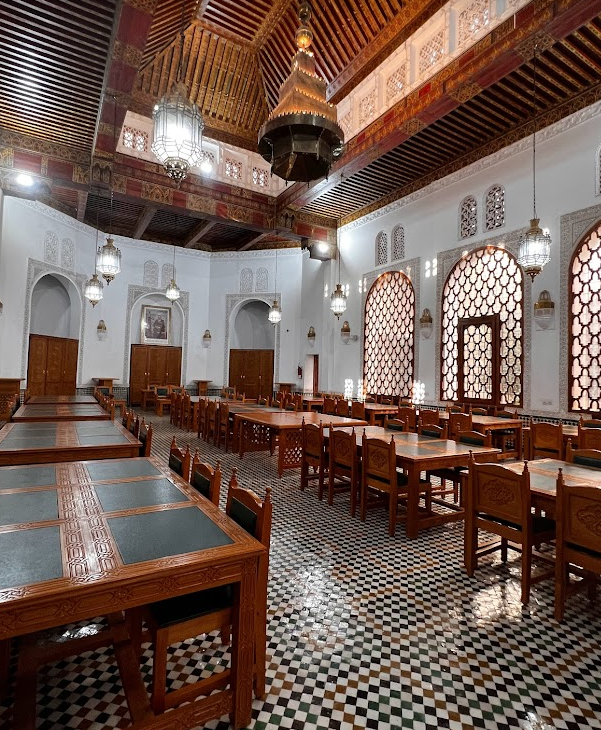
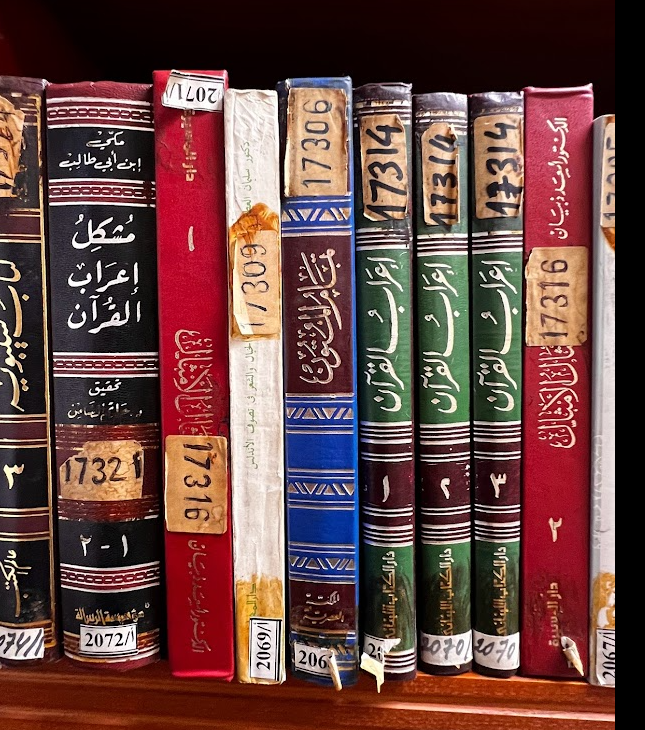
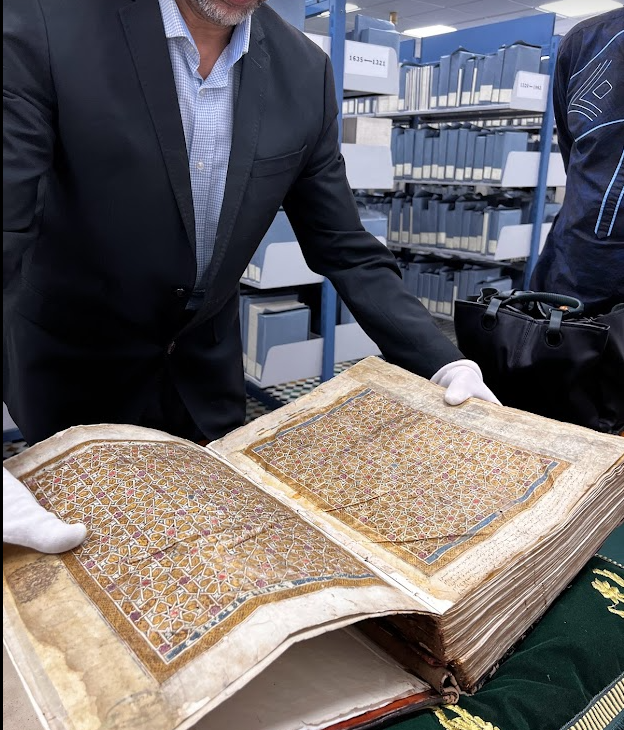
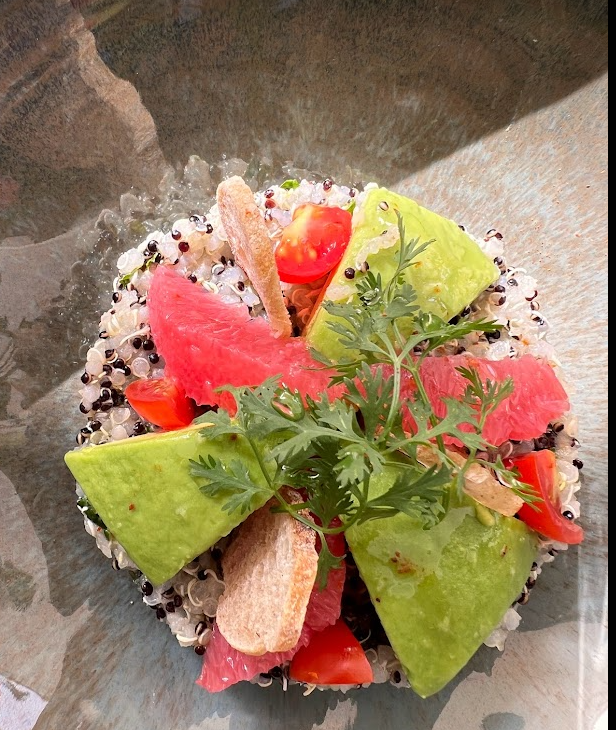


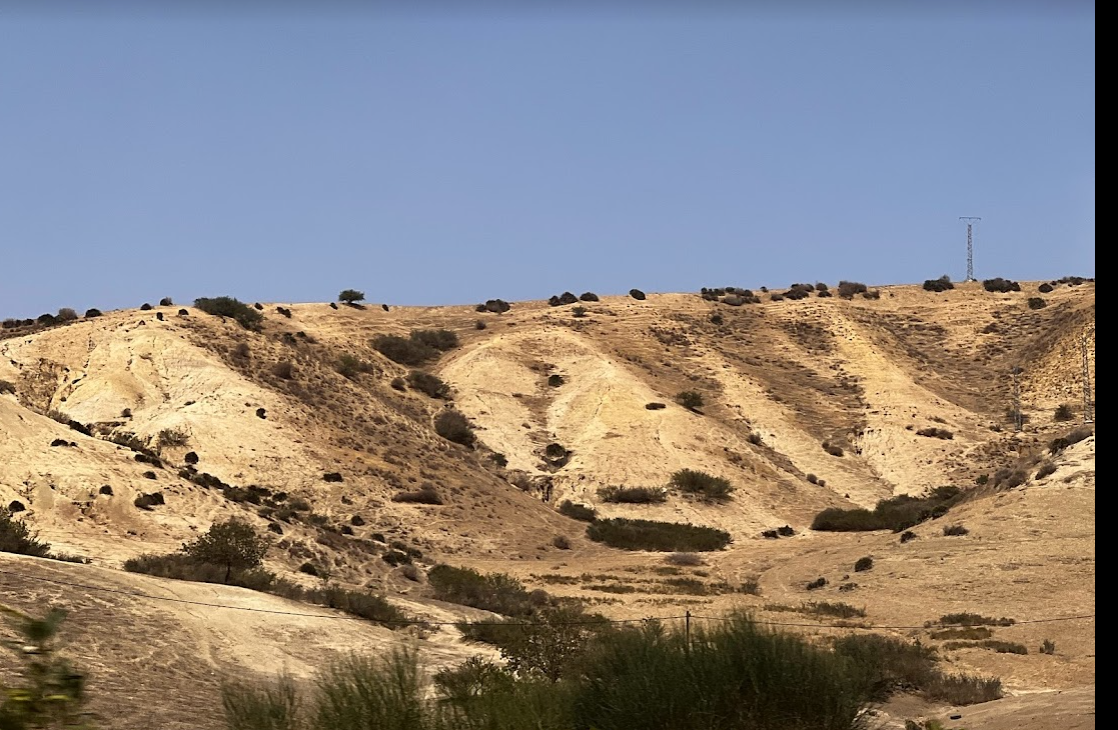
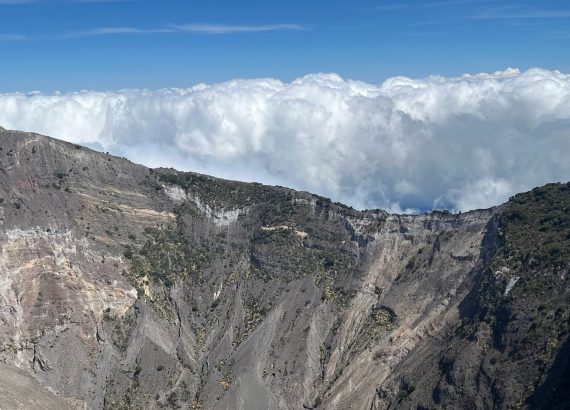
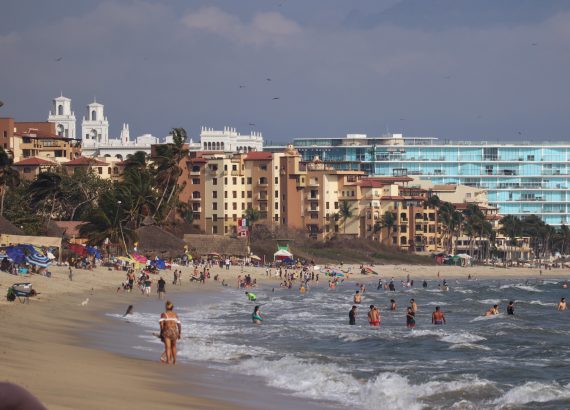
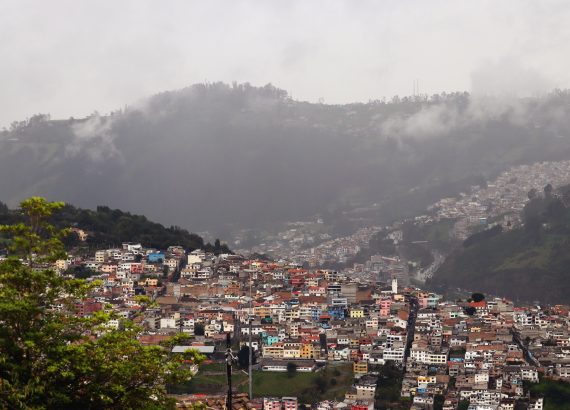








No Comments